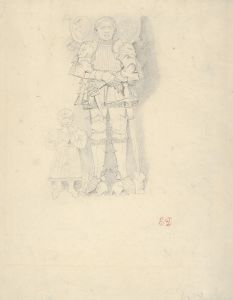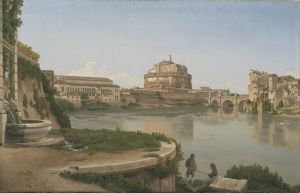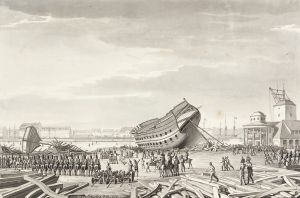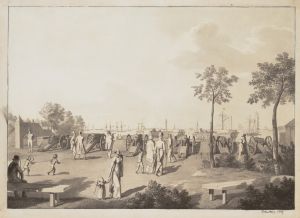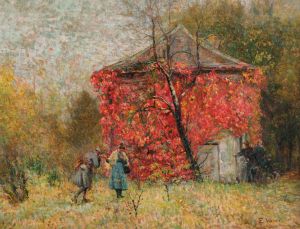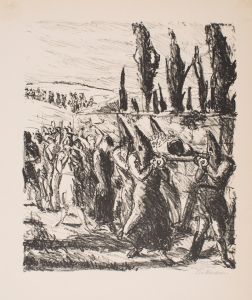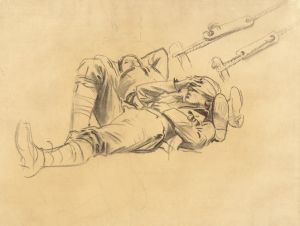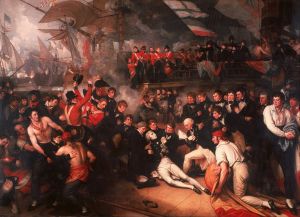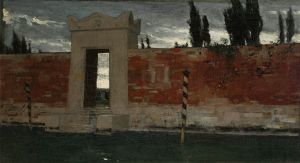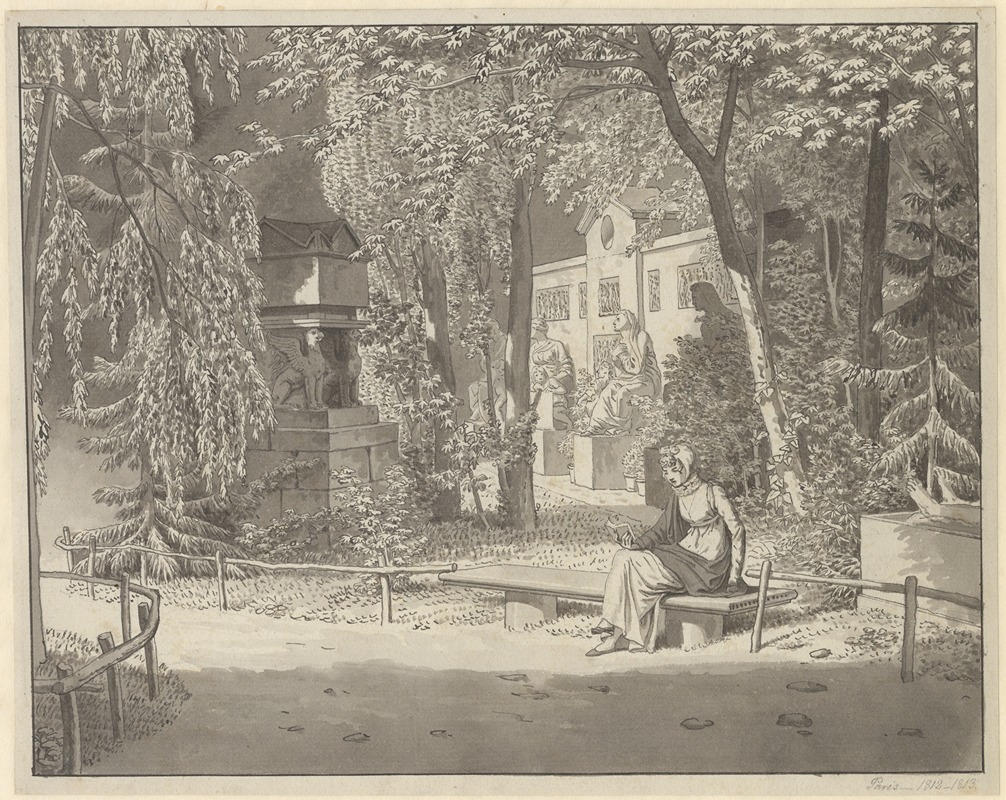
Ved Descartes og Condes gravmæler i Jardin Elysée des Petits Augustins, Paris
A hand-painted replica of Christoffer Wilhelm Eckersberg’s masterpiece Ved Descartes og Condes gravmæler i Jardin Elysée des Petits Augustins, Paris, meticulously crafted by professional artists to capture the true essence of the original. Each piece is created with museum-quality canvas and rare mineral pigments, carefully painted by experienced artists with delicate brushstrokes and rich, layered colors to perfectly recreate the texture of the original artwork. Unlike machine-printed reproductions, this hand-painted version brings the painting to life, infused with the artist’s emotions and skill in every stroke. Whether for personal collection or home decoration, it instantly elevates the artistic atmosphere of any space.
Christoffer Wilhelm Eckersberg, a prominent Danish painter, is often referred to as the father of Danish painting. He played a crucial role in the development of the Danish Golden Age of painting. One of his notable works is the painting "Ved Descartes og Condes gravmæler i Jardin Elysée des Petits Augustins, Paris," which translates to "At the Tombs of Descartes and Conde in the Elysian Garden of the Petit-Augustins, Paris."
This painting was created during Eckersberg's formative years when he was studying and working in Paris. Eckersberg arrived in Paris in 1810, where he studied under the renowned French painter Jacques-Louis David. During his time in Paris, Eckersberg was exposed to the neoclassical style, which greatly influenced his artistic development. The period he spent in Paris was crucial for his growth as an artist, allowing him to refine his skills and broaden his artistic horizons.
The painting depicts the tombs of René Descartes, the famous French philosopher, mathematician, and scientist, and Louis II de Bourbon, Prince de Condé, a prominent French general. These tombs were located in the garden of the École des Beaux-Arts, which was then known as the Jardin Elysée des Petits Augustins. This garden was part of a museum established during the French Revolution, which housed various architectural fragments and sculptures collected from churches and aristocratic residences that had been demolished or repurposed during the revolutionary period.
Eckersberg's work captures the serene and contemplative atmosphere of the garden, with its lush greenery and the solemn presence of the tombs. The painting reflects Eckersberg's keen interest in architecture and his ability to render it with precision and clarity. His attention to detail and his skillful use of light and shadow are evident in the way he portrays the textures of the stone tombs and the surrounding foliage.
The painting is also indicative of Eckersberg's ability to convey a sense of place and mood, transporting the viewer to the tranquil setting of the garden. It demonstrates his mastery of composition and perspective, elements that he would continue to develop and teach to his students upon his return to Denmark.
Eckersberg's time in Paris and his exposure to the neoclassical style had a lasting impact on his work and on Danish art as a whole. Upon returning to Denmark, he became a professor at the Royal Danish Academy of Fine Arts, where he influenced a generation of Danish artists. His emphasis on observation from nature and his teachings on perspective and composition helped shape the distinctive style of the Danish Golden Age.
"Ved Descartes og Condes gravmæler i Jardin Elysée des Petits Augustins, Paris" is a testament to Eckersberg's skill as a painter and his ability to capture the essence of a place. It remains an important work in the study of his artistic development and the broader context of 19th-century European art.






